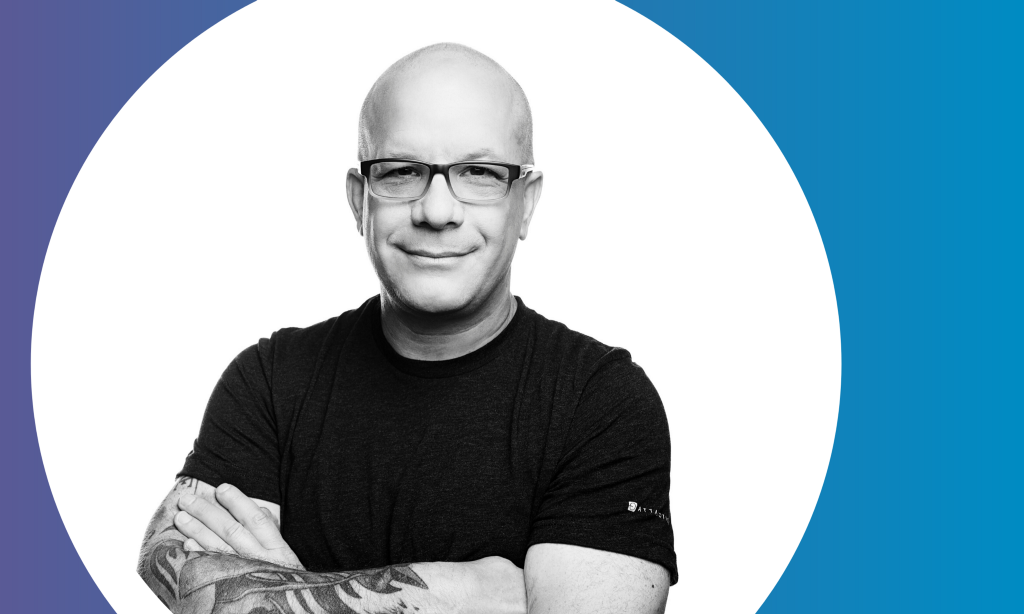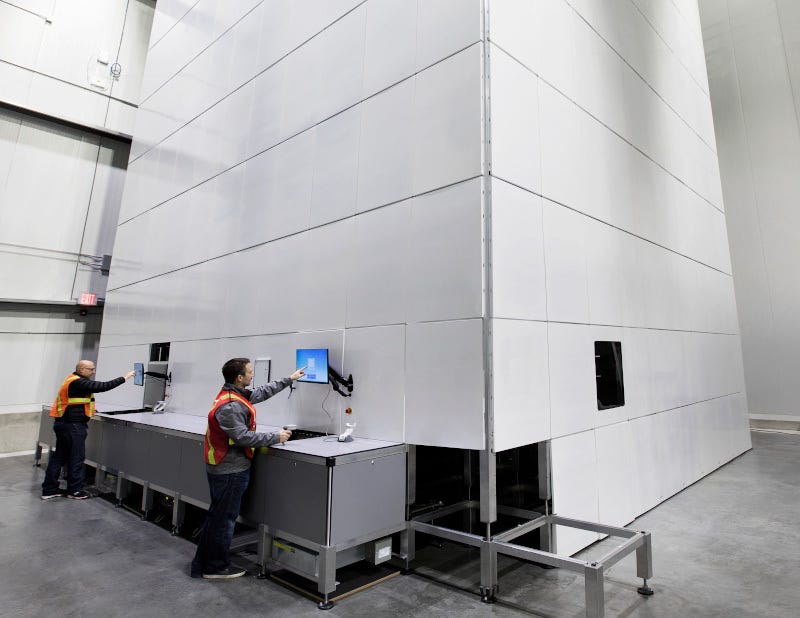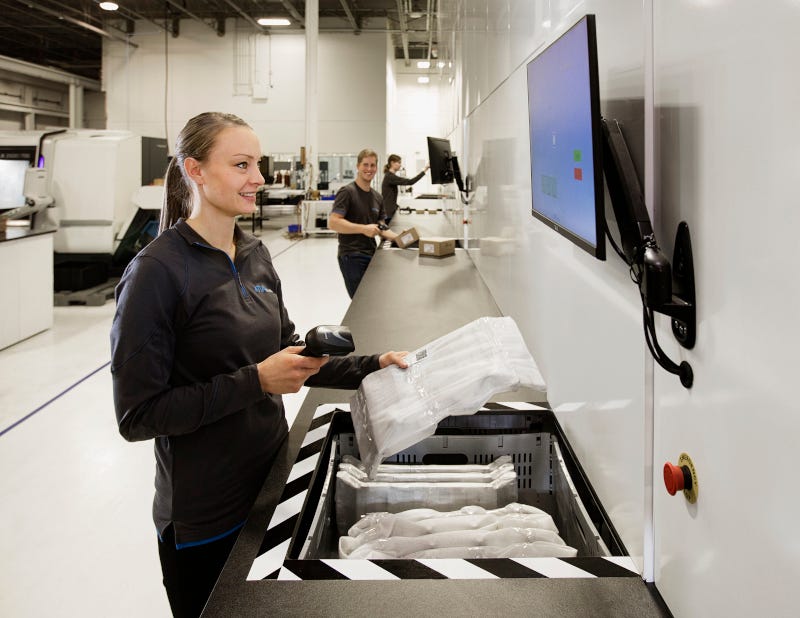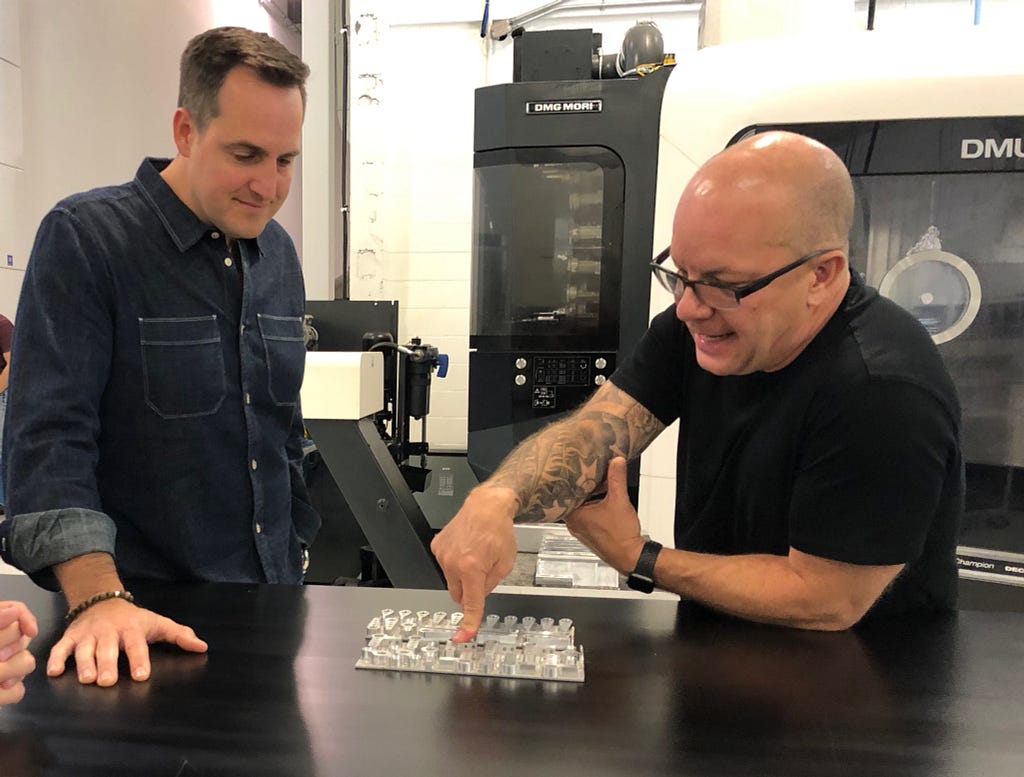
Solving a big problem can start with a small observation. For Scott Gravelle, founder of Attabotics, his idea to build robots started with ants, and observing how they seamlessly build colonies together.
Big companies like Amazon also rely on coordinated and seamless productivity to ensure smooth fulfillment, and they’re turning to automation technology. Yet, other large retailers and newer, smaller e-commerce businesses who don’t have the internal resources to access this kind of technology are having a tough time keeping up. Ahead of the 2019 holiday season, Nordstrom shared that it knew of these challenges, and partnered with Attabotics to improve and speed up fulfilment — keeping its customers and gift recipients happy.
Founded by Scott in Canada, Attabotics creates automation technology to improve storage, retrieval, and fulfillment in large warehouses like Nordstrom’s. We spoke with Scott on the idea that sparked the launch of his company and the entrepreneurial spirit that lit the way.
The very first thought to enter my brain was, “What would be ideal for a robot but not for a person?” Humans are often put to work in spaces that aren’t always optimized for them. But I know machines can be built around these human constraints, while incorporating ergonomics into the human roles. For example, if robots are retrieving and storing products, warehouses wouldn’t need to have row and aisle constraints for humans and products can be stored in compact storage spaces.
I also observed ants! The way they build colonies is fast, efficient, and seamless, and I knew there had to be a way to build something that could do the same for warehouse fulfillment. I played a lot with geometry and modeling in CAD, and I spent two years validating the technology before raising funds to grow a team and turn this idea into a reality. And now… it’s real.
I imagine a future where anybody can use this kind of tech, whether as a purchase for their own business or as a service model to give retailers a cost advantage. Along with the operations and business benefits, it has the power to lower the carbon footprint, between cargo, cardboard boxes, and transportation. I see a future where we can move jobs back into our cities. With this kind of technology, we can create smaller facilities, create jobs closer to public transportation, and be in the communities where the goods are being purchased.

I didn’t think it was possible to be an entrepreneur until I was 30. I grew up in a blue collar, middle class family, and the surrounding community didn’t have high expectations for my career. People expected that I’d work with my hands and become a skilled tradesperson, so I followed that path and built cabinets and remodeled kitchens for years. But while I was on the job, my brain was always buzzing with ideas. I had a passion to solve problems and could barely focus on my work because of what was going on in my brain. It made me a horrible employee.
I often tried sharing my ideas with people, but few people thought they were good. They were frequently shut down. Yet, the same curiosity that made me a bad employee (and probably an annoying friend) is what made me an ambitious entrepreneur. I hustled my way into entrepreneurship and started my first business with my small savings and lots of blood, sweat, and tears.
Years later, when I first started thinking about the idea for Attabotics, I remembered how I felt earlier in life and wanted to make sure my work environment was different. We’re not just building robots — we’re creating the space I wish I had when I was younger, too. Everyone has a voice, everyone is encouraged to share their ideas, and passion is welcome.

Entrepreneurs need to pick partners carefully so you’re not stuck with people who aren’t aligned. If each person is following a different North Star, no one ever gets to where they want to go. When picking long-term partners, like a co-founder, pick thoughtfully and take your time.
Also, I’ve heard a lot of assumptions within the entrepreneurial community that investors want founders to have all the answers. It’s not true. When you have questions or concerns, you should feel comfortable reaching out to them for help. Make sure the people on your investment team are the people you want to spend time with and trust to reach out to.
For any founder-investor relationship, it’s important to make sure both are aligned on objectives and goals. If you have to pivot because the investor doesn’t have confidence in what you’re doing, it likely means you have selected the wrong investor. You want someone who wants to build a mutual trust that allows for complete transparency and honesty. It’s the only way the relationship works.
In my journey, I knew I wanted to find like-minded people who share my vision for the future of work and want to work to solve the biggest problems. The venture world is full of people with money to deploy, but I look for synergy to help with things like technology and speed to market. I knew I found the right investor-partner in Rick Prostko when I hugged him after a board meeting. He’s genuine, supportive, and offers a wealth of knowledge–all qualities that are so important to me through this journey.

When building a new company, it’s a race against the clock, but I believe that taking time to research and engage is powerful. I never like to make a rushed decision unless I have a good understanding. This differs from analysis paralysis. If you know and understand the problem you’re working to solve and believe the solution is right, it gives you more conviction to push forward.
The last thing is, so many people tell new entrepreneurs to fake it until they make it. I disagree. If you work with smart people–smarter than you–they’ll always know that you’re faking it. It’s not worth it. Be real, so people know how to help you.
In our Founder Spotlight series, entrepreneurs from our portfolio companies share insights about the problems they’re working to solve, tips on how to build new companies, and valuable advice to new entrepreneurs.
Attabotics is Fixing Old Supply Chain Problems with New Automation Technology was originally published in The Forecast on Medium, where people are continuing the conversation by highlighting and responding to this story.
© 2025 Comcast Ventures Terms of Service Privacy Policy Do Not Sell My Personal Information.